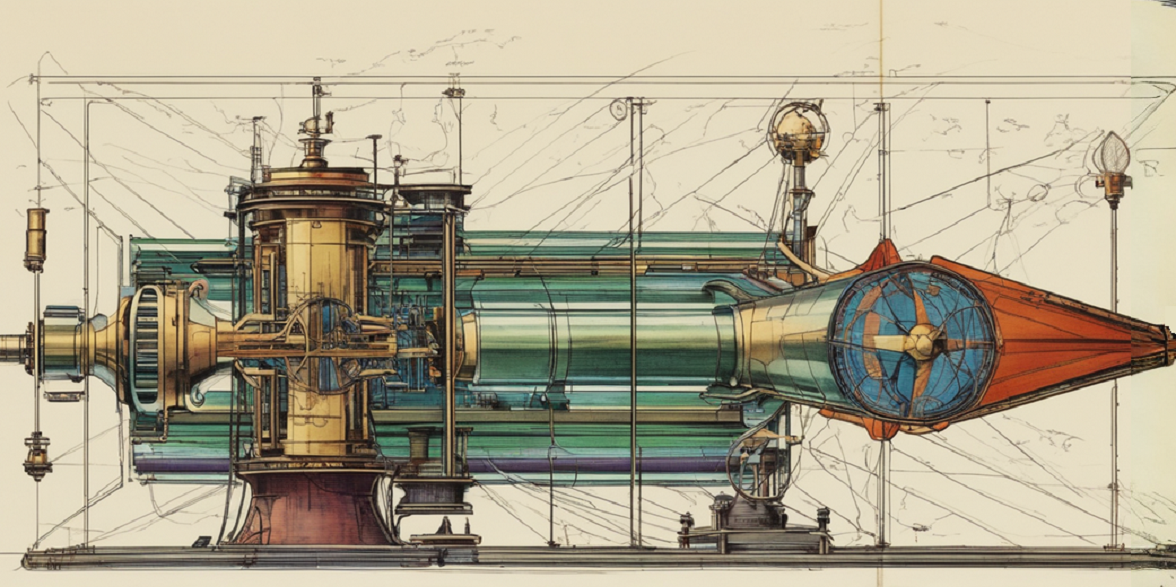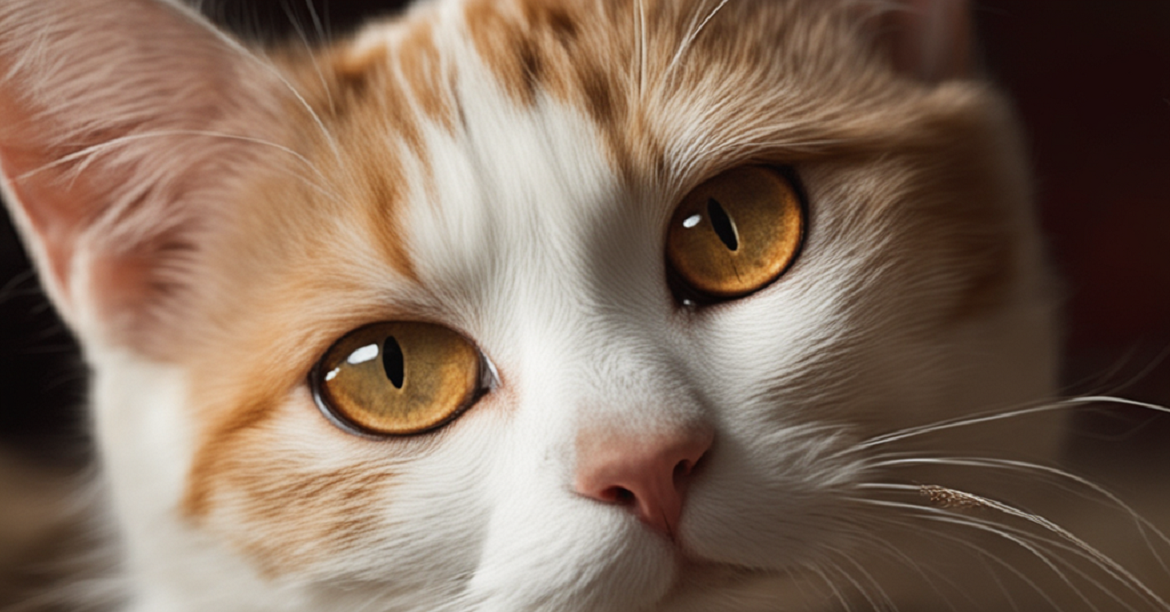“If your hate could be turned into electricity, it would light up the whole world.” — Nikola Tesla
In the annals of innovation and eccentricity, few names stand as tall as Nikola Tesla. An enigmatic inventor and visionary, Tesla’s legacy is synonymous with groundbreaking contributions that still shape our modern world. Yet, amidst his many remarkable creations, one invention continues to baffle and intrigue generations – the elusive “Death Ray.” Join me on a captivating journey as we look into the myth, mystery, and mastery surrounding Tesla’s legendary creation.
Unraveling the Myth: The Birth of Tesla’s Death Ray
The very phrase “Death Ray” conjures images of science fiction, a weapon capable of harnessing the power of electricity to obliterate enemies at the flip of a switch. But before diving into the nitty-gritty, let’s set the stage with a brief history of Tesla’s life and works.
Born in Smiljan, Croatia, in 1856, Tesla was destined for greatness. From his early years, he exhibited an uncanny ability to conceptualize and innovate. Tesla’s visionary ideas led him to the United States, where he collaborated with the likes of Thomas Edison and George Westinghouse. His alternating current (AC) system revolutionized electrical transmission, enabling the efficient distribution of electricity over long distances.
Tesla’s fertile mind gave birth to numerous groundbreaking ideas – wireless power transmission, X-rays, and even a device to induce earthquakes. But it’s his “Death Ray” that has captured the imagination of conspiracy theorists, sci-fi aficionados, and inventors alike.
Cracking the Mystery: Separating Fact from Fiction
The “Death Ray” has been subject to sensationalized stories and Hollywood interpretations, but what exactly was it? Was it truly a world-ending super weapon, or something more nuanced? To unlock this mystery, we need to examine the historical context and Tesla’s own words.
Tesla first mentioned his “teleforce” invention in a 1934 New York Times article titled “Death Ray for Planes.” In the article, he claimed to have developed a technology capable of bringing down enemy aircraft from a distance. Tesla described it as a defensive weapon that could be used to protect nations and establish world peace. He envisioned a network of towers that would emit concentrated beams of energy to disable aircraft, rendering war obsolete.
Tesla’s own words debunk the notion of a “Death Ray” as an instrument of mass destruction. Instead, his creation seemed to align with his vision of harnessing science for the betterment of humanity. However, the secrecy surrounding his work and the lack of detailed technical descriptions left ample room for interpretation and sensationalism.
Mastering the Vision: The Science Behind the Dream
To understand Tesla’s creation, we must tap into his brilliant mind and the principles that guided his work. Tesla was renowned for his understanding of electricity, magnetism, and electromagnetic waves. His experiments with high-voltage, high-frequency electricity led him to envision an energy weapon that could exploit the Earth’s electrical properties.
One key concept in Tesla’s work was the resonant frequency. He believed that if he could determine the resonant frequency of an object, he could transmit energy to it wirelessly. This formed the basis for his wireless power transmission experiments, but it also played a role in his “Death Ray” concept.
Tesla’s “Death Ray” was not a ray in the traditional sense; it was more of a focused beam of electromagnetic energy. He hypothesized that by focusing and directing electromagnetic waves, he could create a force capable of disrupting or disabling the machinery in aircraft, rendering them powerless. This concept drew inspiration from his earlier experiments with resonant frequencies and energy transmission.
Decoding the Mastery: The Legacy of Tesla’s “Death Ray”
While Tesla’s “Death Ray” captured the imagination, the concept never fully materialized as a functional weapon. The lack of detailed documentation, the technical challenges of implementing such a system, and the changing geopolitical landscape all contributed to the fading of this invention into the annals of history.
However, the legacy of the “Death Ray” lives on in modern technologies. Many of Tesla’s ideas, such as directed energy weapons and electromagnetic pulse (EMP) devices, bear similarities to his original concept. The principles he explored continue to influence fields like military technology, energy research, and even scientific fiction.
Applying the Lessons: Extracting Wisdom from Tesla’s Pursuit
What lessons can we derive from Tesla’s quest to create the “Death Ray”?
1. Visionary Thinking: Tesla’s audacious ideas challenged conventional wisdom and transcended his era. The “Death Ray” serves as a testament to the power of thinking beyond boundaries and imagining possibilities that others dare not explore.
2. Purpose-Driven Innovation: Despite the sensationalism, Tesla’s intent was to create a technology that could deter warfare and promote peace. His vision was rooted in a higher purpose, reminding us that innovation is most powerful when driven by a desire to make the world a better place.
3. Embrace Failure: Tesla’s “Death Ray” may not have come to fruition, but his relentless experimentation and failures paved the way for other breakthroughs. In the same vein, embracing failures as stepping stones to success is a cornerstone approach to life and work.
4. Cross-Disciplinary Mastery: Tesla’s ability to blend concepts from various fields – electricity, physics, and engineering – enabled him to push boundaries. Learning from diverse disciplines underscores the importance of cross-pollination in problem-solving.
5. Pursuit of Wisdom: Tesla’s work invites us to ponder the fine line between myth and reality. It encourages us to be discerning consumers of information, reminding us that true wisdom lies in seeking the truth rather than getting lost in sensational narratives.
Final Thoughts
Tesla’s “Death Ray” is a captivating chapter in the saga of innovation and imagination. While it may never have achieved the status of a functional weapon, its legacy endures as a symbol of Tesla’s visionary thinking, his commitment to bettering humanity, and his unrelenting pursuit of pushing the boundaries of what is possible. We can draw inspiration from Tesla’s relentless pursuit of innovation, driven by a vision that transcends time.
So, the next time you ponder the mysteries of the past, remember that even the most incomprehensible inventions can offer profound lessons for the present and future. As Tesla once said, “Let the future tell the truth and evaluate each one according to his work and accomplishments. The present is theirs; the future, for which I have really worked, is mine.”
Let us continue to explore, experiment, and extract wisdom from the uncharted territories of innovation, just as Tesla did in his pursuit of the electrifying enigma that was the “Death Ray.”




